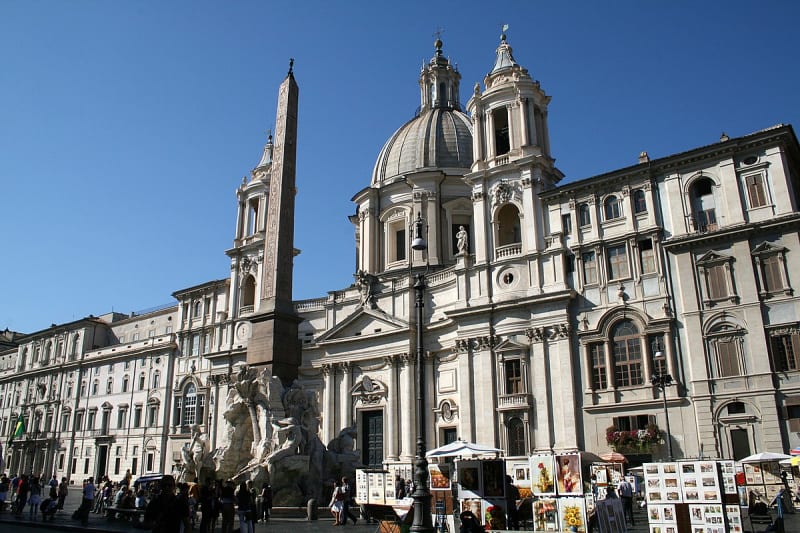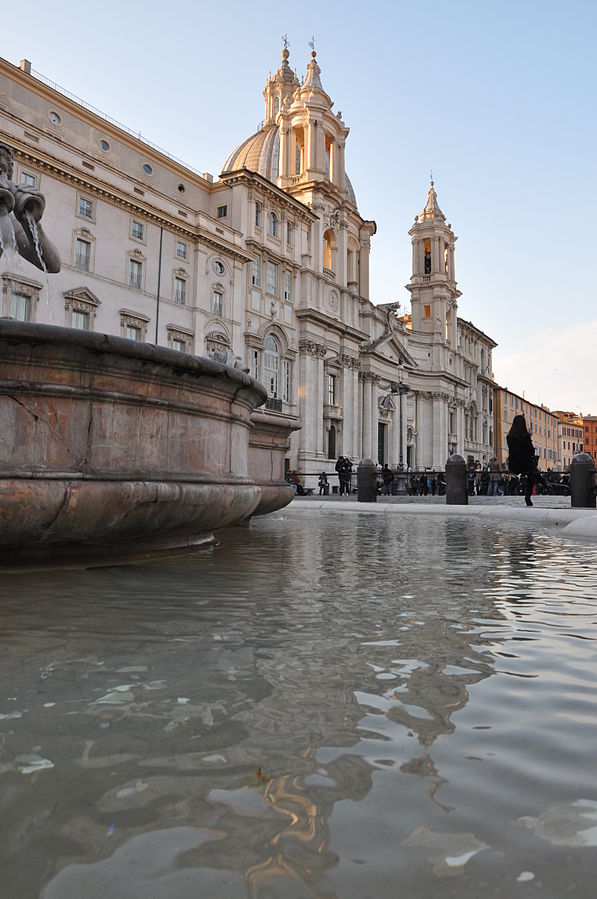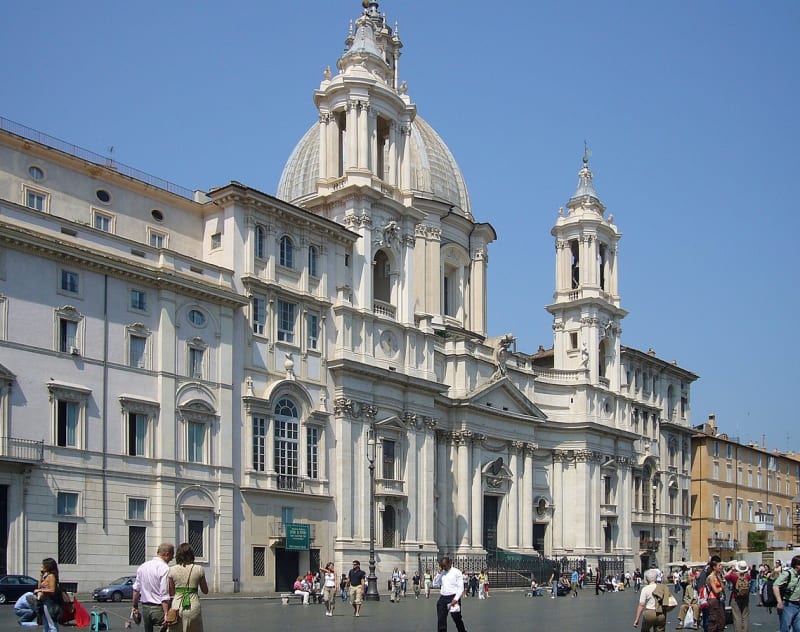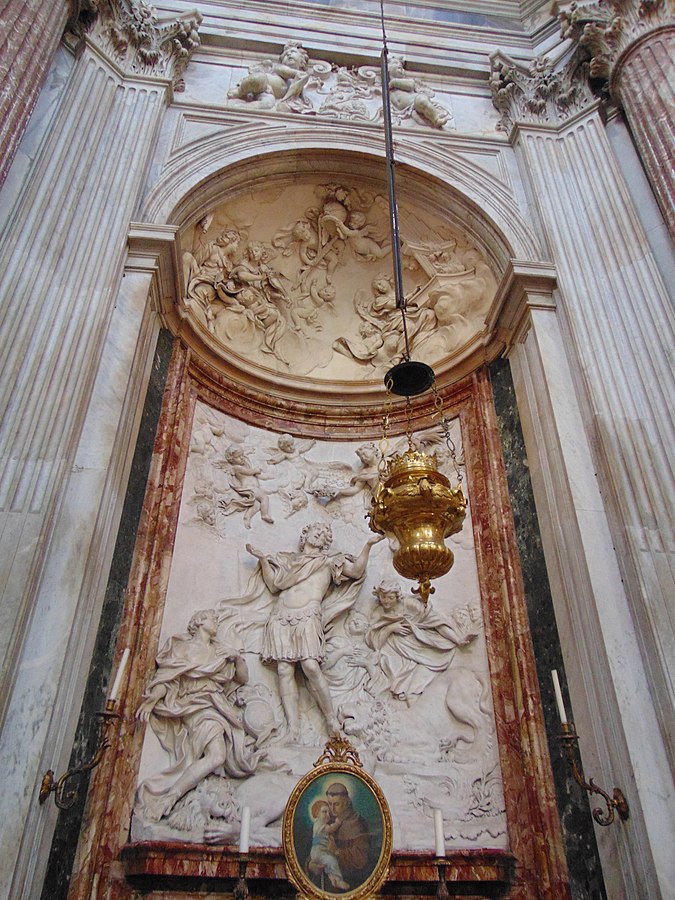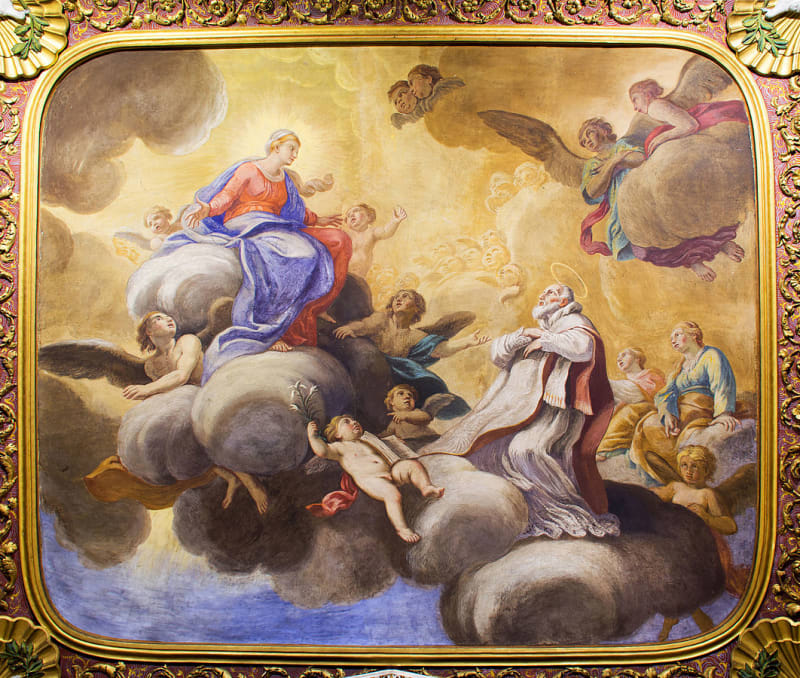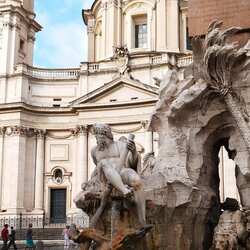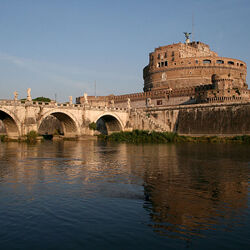Sant'Agnese in Agone
Sant'Agnese in Agone is a striking architectural masterpiece of the Baroque Renaissance in Rome. The church is located in Piazza Navona, the central historical square of the city. The name is associated with the name of Saint Agnes, who died in the place where the temple now stands.
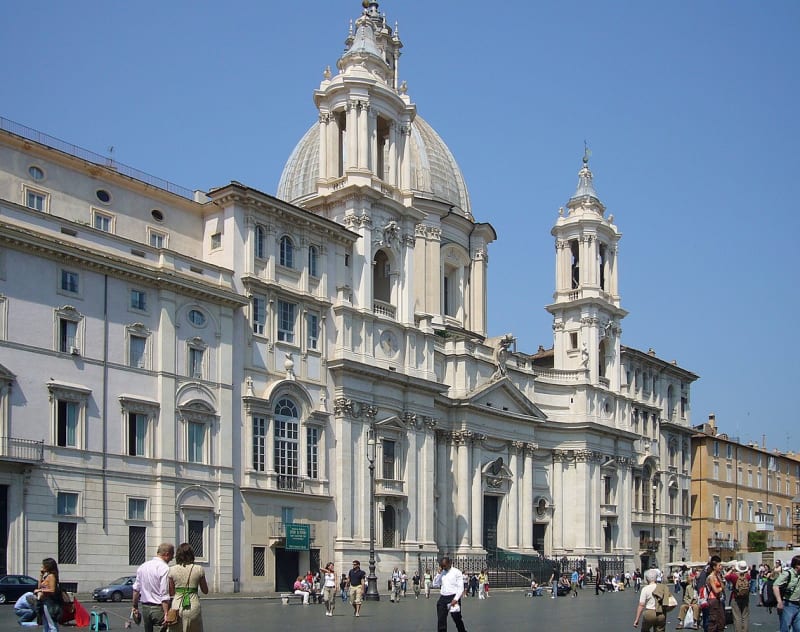
An old legend
Agnes was born in 293 A.D. into a noble family of Roman Christians. A girl who devoted her life to Christianity took a vow of chastity. When Agnes was 12 years old, the prefect's son fell in love with her, but the girl rejected him. The authorities, who persecuted Christians at that time, ordered the naked Agnes to be taken to Domitian's stadium and burned at the stake. Miraculously, the girl grew long hair that covered her body, and the fire could not do her any harm. Then a Roman soldier ran up to her and cut off her head with a sword. Now the skull of the martyr is in Sant'Agnese in Agone and is kept in a silver reliquary made in the shape of a temple.
Construction of Sant'Agnese in Agone
Christians began to worship the place of the innocent girl's death, and in the 12th century, in 1123, Pope Callistus II ordered the construction of the Basilica of St. Agnes here. And in 1651, Pope Innocent X ordered the construction of a new church next to the ancestral palace instead of the old basilica, which was assigned the role of a family chapel.
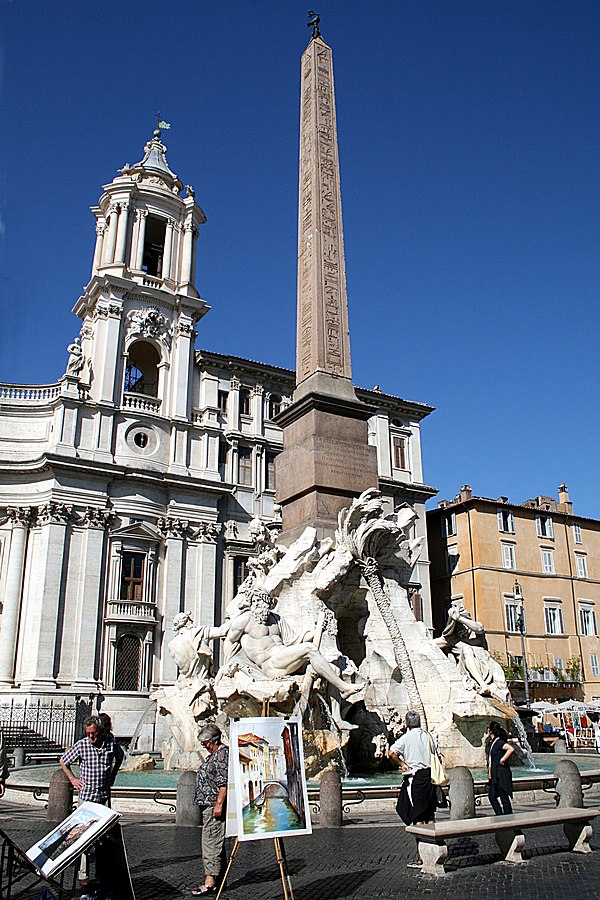
The construction of Sant'Agnese in Agone was commissioned by famous architects at that time: Girolamo Rainaldi and Francesco Borromini. The complete construction of the temple was completed only in 1672. By the middle of the 20th century, major restoration work was carried out in 1949 and in 1992 it was transferred to the Diocese of Rome.
The interior of the basilica
The plan of Sant'Agnese in Agone has the shape of a Greek cross with a square containing a circle inscribed in it. The complexity of the layout is explained by endless disagreements between venerable architects during construction. Despite this, they managed to create a magnificent piece of architectural art that impresses with its beauty and grace. The interior harmoniously combines chiseled bas-reliefs and graceful statues, beautiful frescoes and unique murals.
In the central part of the cathedral there are four altars with marble high-reliefs depicting holy martyrs. Pink marble columns framing the altars add completeness and solemnity to the interior.
The right side of Sant'Agnese in Agone is dedicated to Saint Agnes. Here you can see a snow-white marble bas-relief showing the martyrdom of Agnes at the stake, as well as a chapel with a relic in it - the head of St. Agnes. On the left is a bas-relief representing Saint Sebastian, a preacher of the Christian faith. The floating dome is divided into four parts and decorated with frescoes demonstrating the virtues: courage, prudence, moderation, justice.
Every week in Sant'Agnese in Agone you can listen to classical music by Italian Baroque composers.
